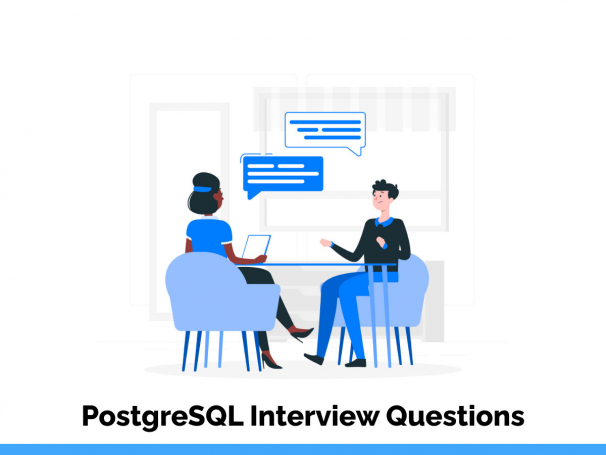The origin of PostgreSQL dates back to 1986 as part of the POSTGRES project at the University of California at Berkeley and has more than 30 years of active development on the core platform. It runs on all the major operating systems and has been ACID-compliant since 2001. It also has add-on like PostGIS database extender. In MAC OS Postgresql is the default database. Michel Stonebraker is Father of Postgresql who has started the Post Ingres project for supporting Contemporary Database systems.PostgreSQL’s developers pronounce PostgreSQL as It is abbreviated as Postgres because of ubiquitous support for the SQL Standard among most relational databases.PostgreSQL, originally called Postgres, was created at UCB by a computer science professor named Michael Stonebraker, who went on to become the CTO of Informix Corporation.
Stonebraker started Postgres in 1986 as a followup project to its predecessor, Ingres, now owned by Computer Associates. The name Postgres thus plays off of its predecessor (as in “after Ingres”). Ingres, developed from 1977 to 1985, had been an exercise in creating a database system according to classic RDBMS theory. Postgres, developed in 1986-1994, was a project meant to break new ground in database concepts such as exploration of “object-relational” technologies. An enterprise-class database, PostgreSQL boasts sophisticated features such as Multi-Version Concurrency Control (MVCC), point in time recovery, tablespaces, asynchronous replication, nested transactions (savepoints), online/hot backups, a sophisticated query planner/optimizer, and write-ahead logging for fault tolerance.

